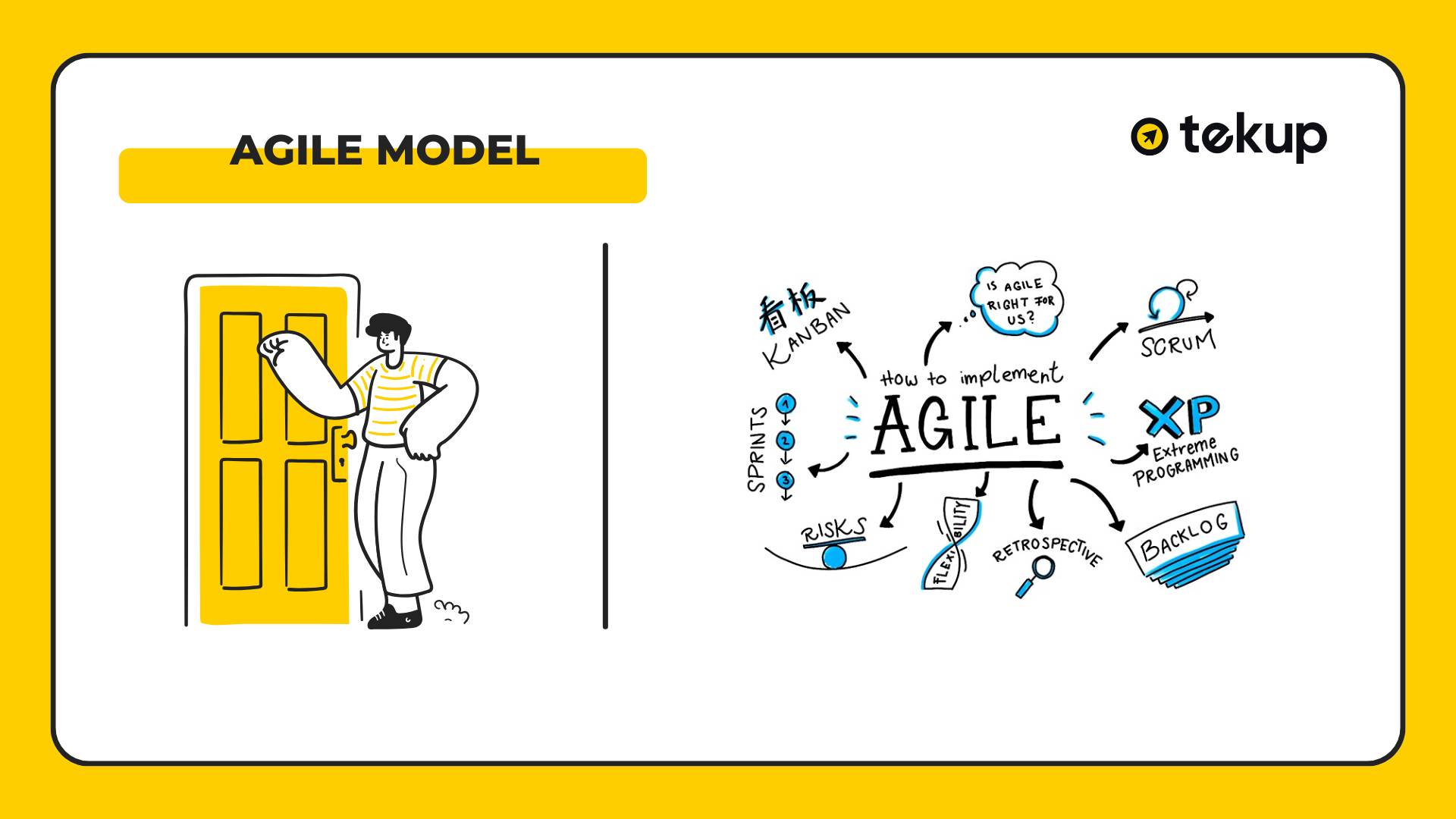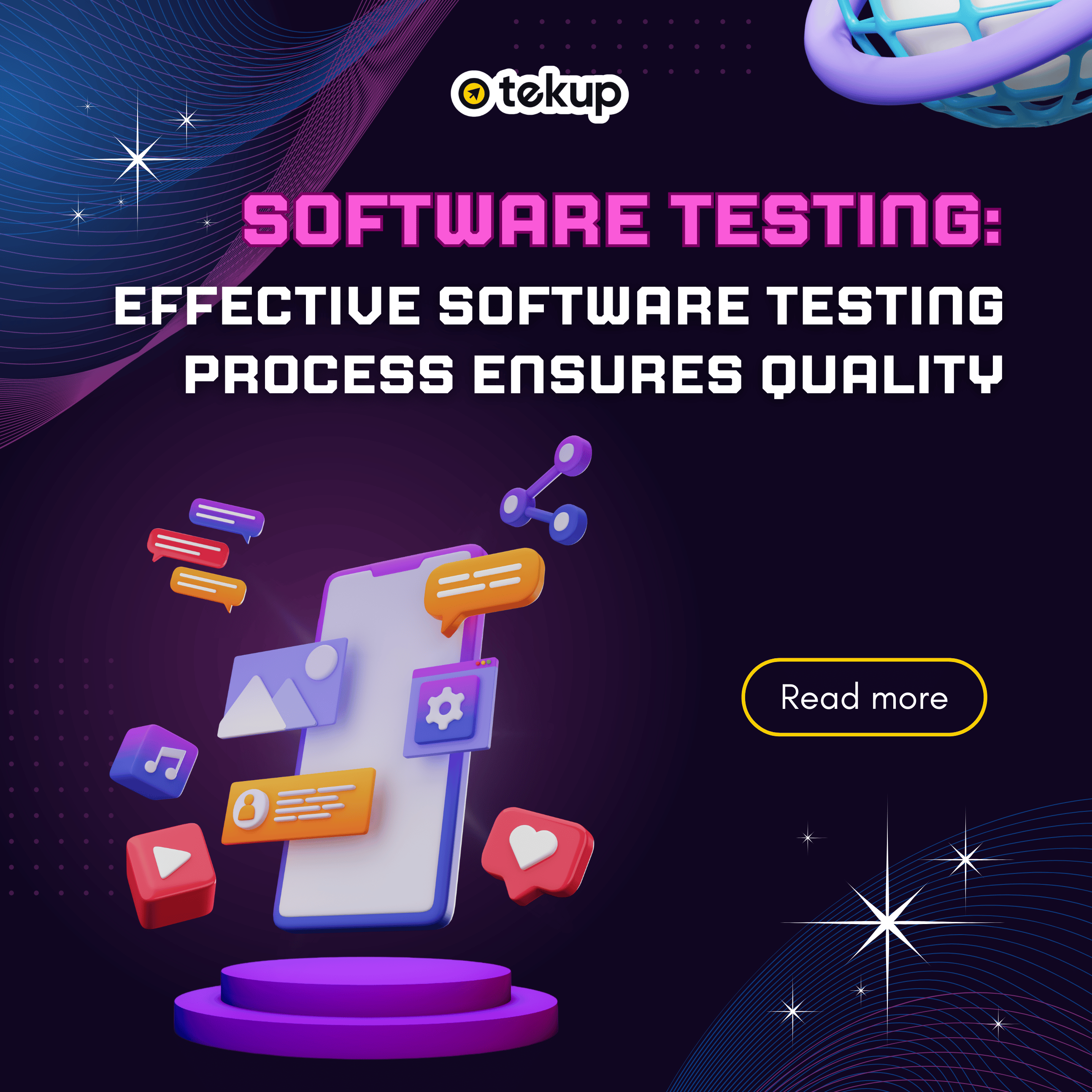Today, software is not just a tool to support work but also a key determinant of success for many businesses. However, software development is not merely about programming; it requires a clear and methodical process to ensure quality, efficiency, and alignment with user needs. From requirement identification, planning, and design to development, testing, and deployment – every step plays a crucial role in transforming ideas into tangible products. This article will guide you through the entire software development process from A to Z, providing an overview and valuable tips for creating effective software.

An Overview of the Software Development Process and Its Importance
The software development process consists of a series of steps carried out sequentially or in parallel to create a software product that meets the specific needs of users or businesses. From requirement gathering, analysis, design, programming, testing, to deployment and maintenance, each phase serves a distinct purpose and plays a vital role in ensuring the highest quality of the final product.
A well-structured software development process not only minimizes errors during execution but also optimizes costs, time, and resources. Moreover, a clear process enables team members to collaborate effectively, reduces misunderstandings, and facilitates quick responses to changes or additional client requirements.
The importance of the software development process lies in ensuring that the final product not only performs efficiently but also aligns with business objectives, is user-friendly, and is easy to upgrade in the future. In an increasingly competitive market, a professional process is the key to helping businesses gain an edge and deliver exceptional value to their customers.
Steps to Build a Professional Software Development Process

Requirement Gathering and Analysis
Objective: Clearly understand customer needs and define specific requirements.
Activities:
- Meet with customers to understand their ideas.
- Document requirements in a Software Requirements Specification (SRS).
- Conduct technical and business feasibility analysis.
Development Planning
Objective: Establish a clear roadmap with timelines, resources, and technologies.
Activities:
- Create a Gantt chart to track progress.
- Break tasks into sprints if following the Agile methodology.
- Assign tasks to team members.
Architecture and Interface Design
Objective: Ensure the software has a logical structure and a user-friendly interface.
Activities:
- Design the system using tools like UML or ERD for database modeling.
- Develop UI/UX designs with tools like Figma or Adobe XD.
- Create prototypes to present ideas.
Software Development
Objective: Transform ideas into a functional product.
Activities:
- Develop the backend to handle logic and data.
- Build the frontend for user interface display.
- Implement APIs to connect system components.
Testing and Quality Assurance (QA)
Objective: Ensure the software meets requirements and is error-free.
Activities:
- Perform unit testing, integration testing, and system testing.
- Use automated testing tools such as Selenium or Cypress.
- Collect user feedback through a beta version.
Deployment and Maintenance
Objective: Launch the software and ensure its long-term stability.
Activities:
- Install and configure the software in the production environment.
- Train customers or end-users.
- Perform regular maintenance and updates to improve performance.
Popular Software Development Models Today
When building software, choosing a suitable development model is a key factor in ensuring project success. Below are some widely used software development models in the technology industry:
1. Waterfall Model
This is the most traditional and straightforward model, dividing the project into sequential phases such as:
- Requirement Gathering
- Analysis
- Design
- Programming
- Testing
- Deployment and Maintenance
Each phase must be completed before moving on to the next. This model is best suited for projects with clear and stable requirements that are unlikely to change during the development process.

2. Agile Model
Agile is a flexible development model that divides the project into small cycles called sprints (typically lasting 2-4 weeks). After each sprint, the development team delivers a complete portion of the product for evaluation and improvement. Agile is ideal for complex projects that require constant changes or frequent feedback from customers.

3. Scrum Model
Scrum, a subset of Agile, emphasizes team organization and time management within each sprint. With clearly defined roles such as Scrum Master, Product Owner, and Development Team, this model ensures seamless collaboration among team members to achieve the set objectives.

4. Spiral Model
The Spiral Model combines the advantages of both the Waterfall and Agile models. The project is developed through multiple spirals, with each spiral consisting of the steps: planning, risk analysis, development, and evaluation. This model is well-suited for large projects with complex requirements and high levels of risk.

5. Rapid Application Development (RAD) Model
RAD focuses on rapid prototyping and quick software development. The development team works closely with customers to refine the product through continuous prototypes. This model is ideal for projects that require fast deployment and have clearly defined requirements.

6. DevOps Model
DevOps is not just a development model but also a culture that integrates the Development and Operations teams. This model emphasizes automation, continuous integration and delivery (CI/CD), and optimization of processes from development to deployment.

Conclusion
Each software development model has its own characteristics, suited to specific project types and requirements. Understanding the strengths and weaknesses of each model enables businesses and development teams to choose the most optimal approach, ensuring product quality and meeting customer demands effectively.
Follow our website to stay updated on the latest technology insights and breakthrough solutions to help your business thrive!



